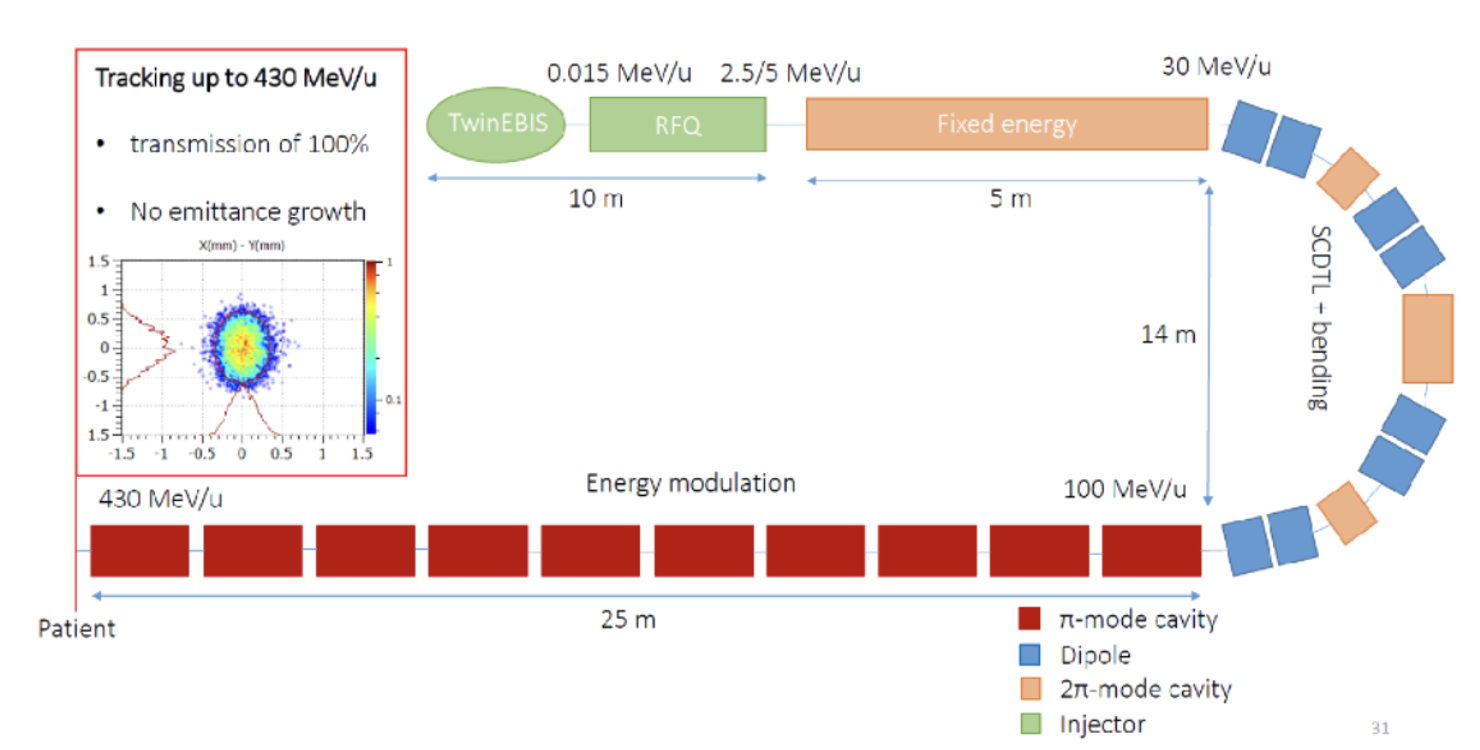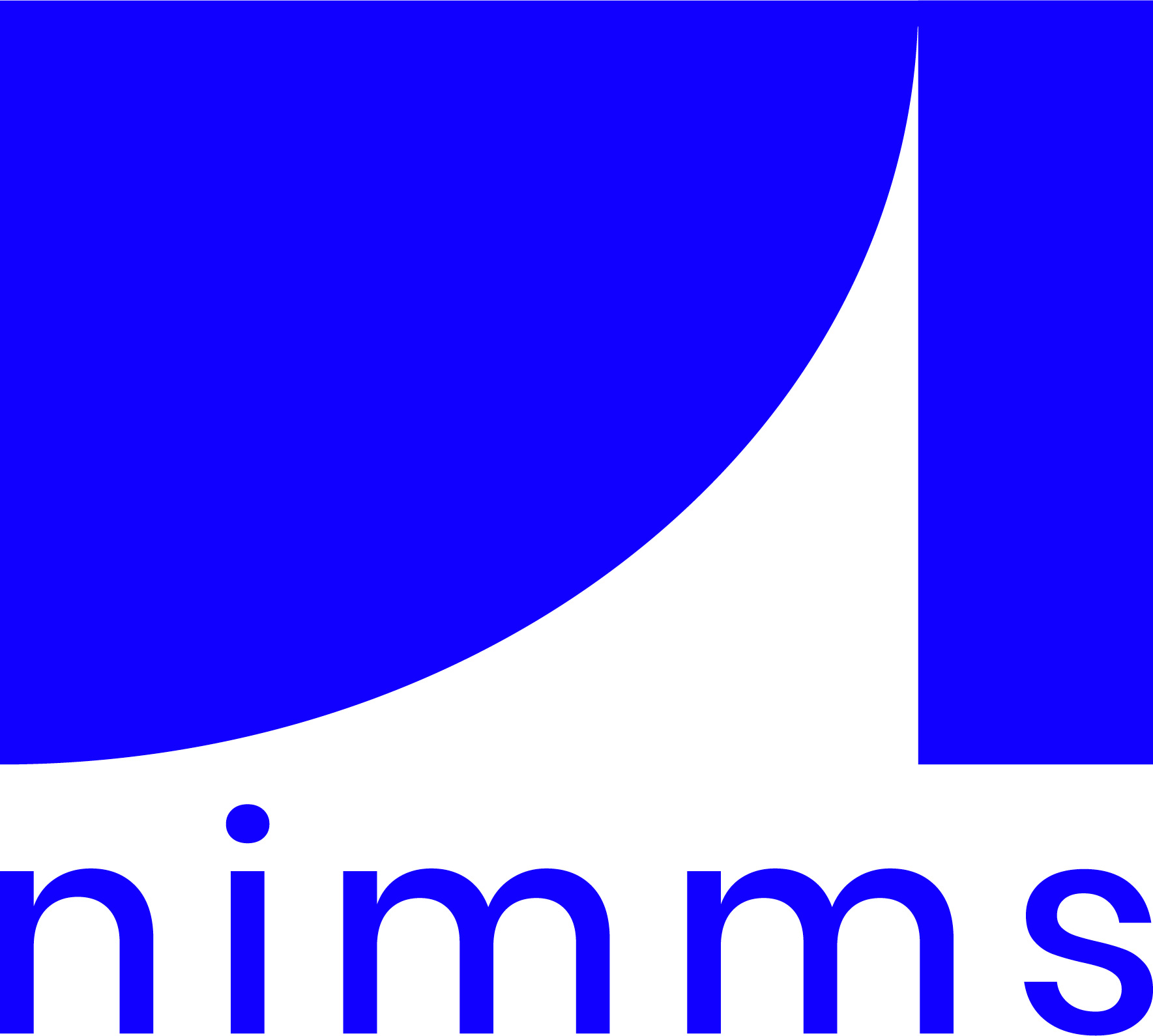High-frequency linear accelerators (linacs) are devices that accelerate charged particles on a linear path using electromagnetic fields oscillating at high frequencies, typically within the radio frequency (RF) range. Their ability to accelerate various particles to variable energies, combined with their compact design, makes them suitable for a wide array of scientific, industrial, and medical applications.

The NIMMS group at CERN is conducting exploratory research to design efficient and cost- effective linacs for a medical accelerator complex intended for particle therapy and scientific research. A first linac design aims at acceleration of fully stripped carbon ions to cancer therapy energy in a series of compact high-frequency accelerating structures. A second design is envisioned as a carbon and helium ion injector (A/q = 1/2) for a compact synchrotron bringing the beam to patient treatment energy. Additionally, a third implementation focuses on helium and proton acceleration at intermediate energies, for a dedicated helium synchrotron and to enable radioisotope production for Targeted-Alpha-Therapy (TAT) and diagnostic purposes.
In addition, NIMMS is developing the design of a linear accelerator to bring fully stripped carbon ions up to treatment energy. It is composed of an EBIS ion source, followed by an RFQ and a sequence of accelerating modules at 3 GHz frequency. A bent section made of bending magnets interleaved with accelerating modules reduces the overall accelerator footprint.
Furthermore, NIMMS is developing two LINAC injectors for therapy synchrotrons, one designed for carbon ions and the other for helium ions. Both designs can be used to produce radioisotopes in parallel to synchrotron injection. Both linacs are made of one or more ion sources followed by an RFQ and by three accelerating sections all at 352 MHz frequency. The carbon ion linac is designed for charge to mass ratio of 1/3; the RFQ at 176 MHz is followed by a Quasi-Alvarez Drift Tube Linac (DTL) up to 5 MeV/u and by two DTL tanks. The injector for Helium ions is designed for charge to mass ratio 1⁄2, and will use a 352 MHz RFQ followed by a Quasi-Alvarez and again by two DTL tanks.
LINAC's for Radioisotope Production
The linac designed for helium injection can be used in stand-alone mode for production of a wide range of radioisotopes, operating at a higher duty cycle (10%) than what required for synchrotron injection. A list of possible radioisotopes is given in the table below. The most promising is Astatine-211 that is a theragnostic isotope used for targeted alpha therapy of cancer and allows detection by producing X-rays in parallel with alpha particles.

Table 1. The most frequently used radioisotopes produced with LINACs developed by NIMMS.
